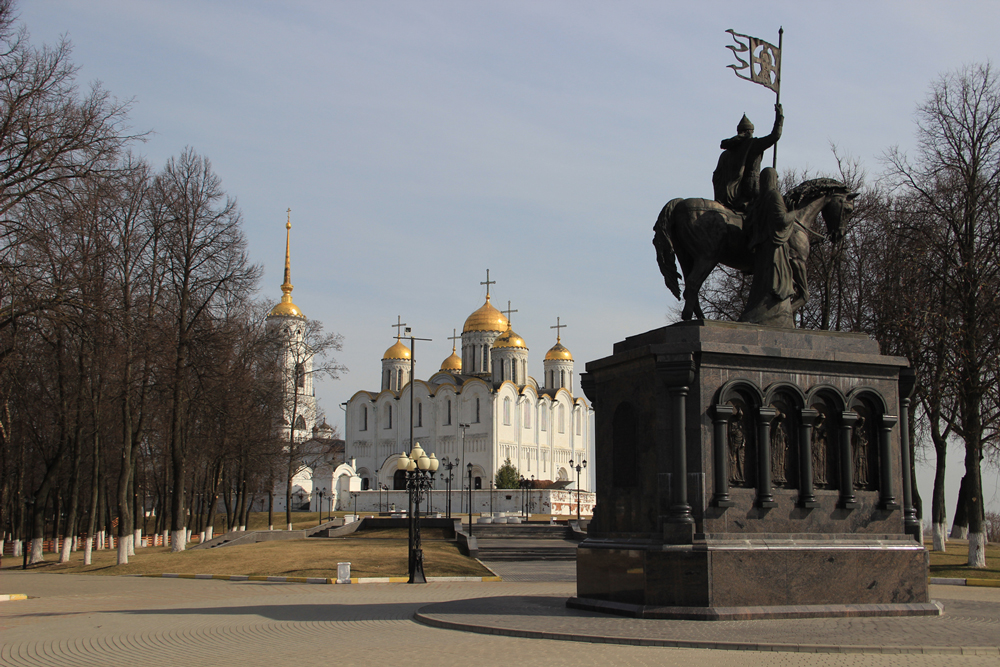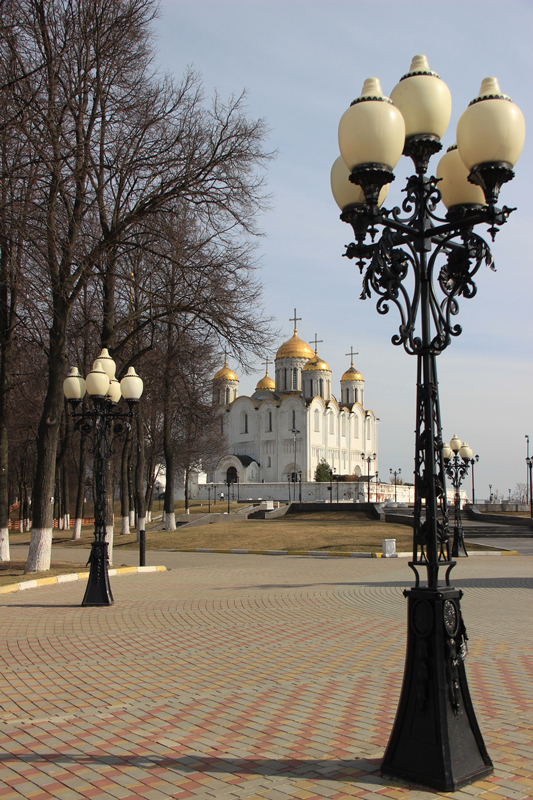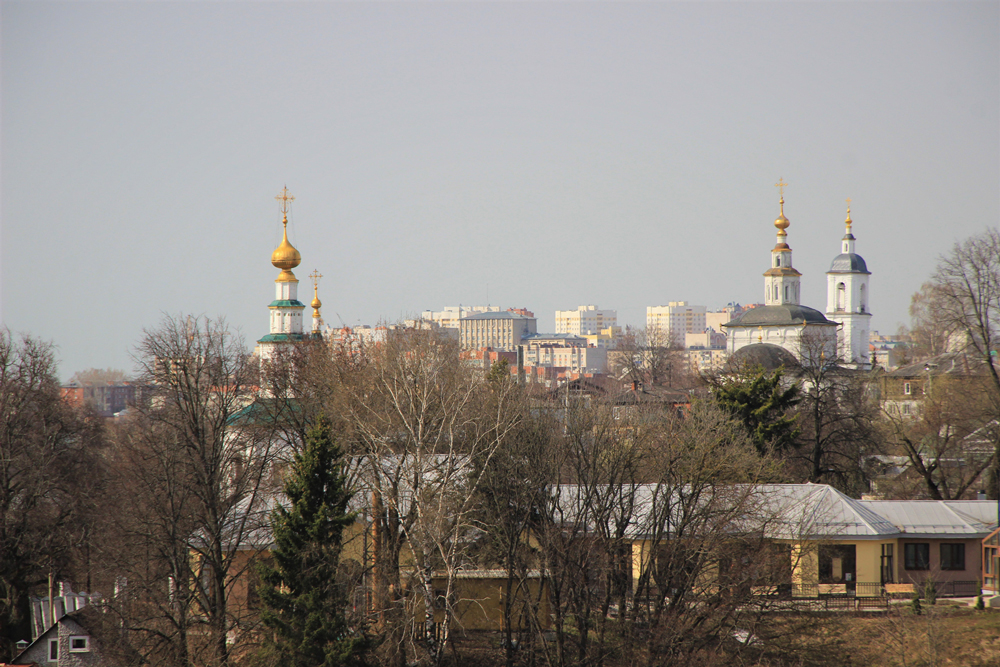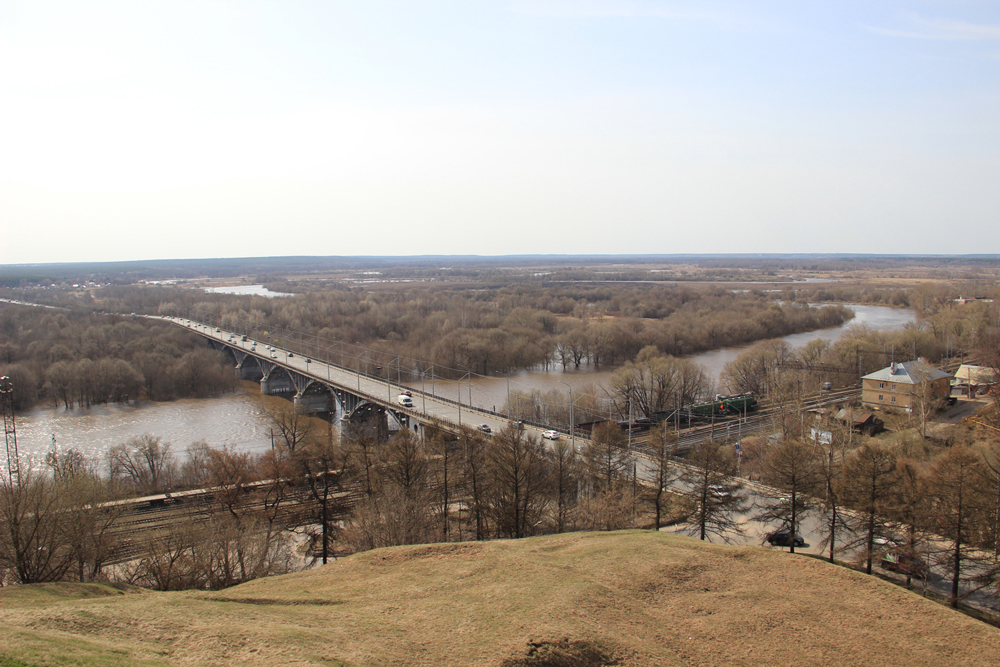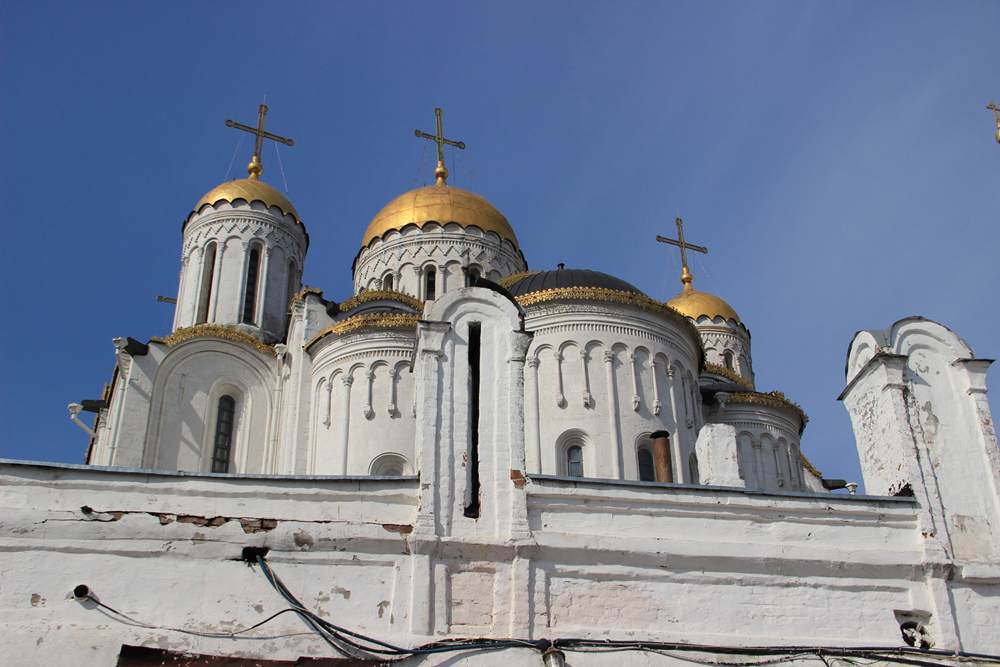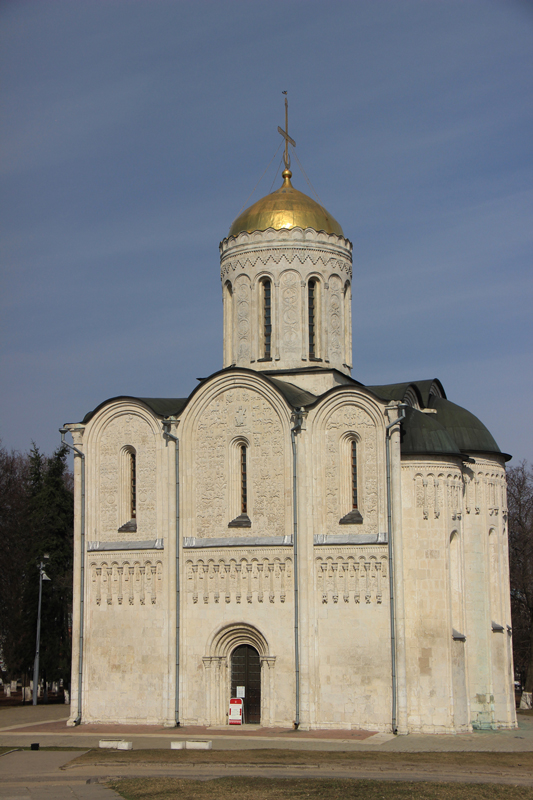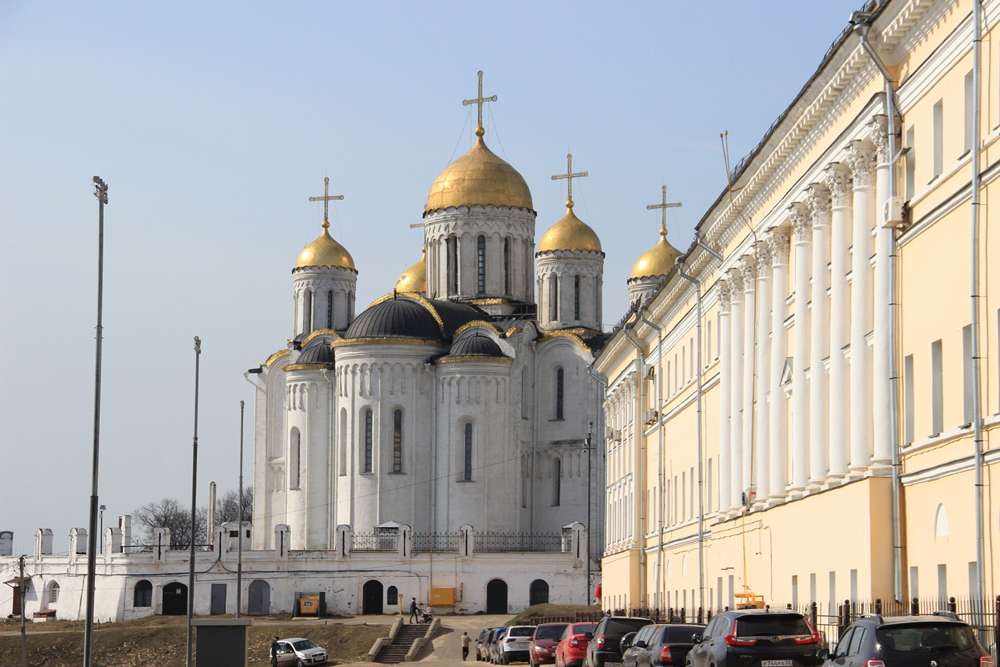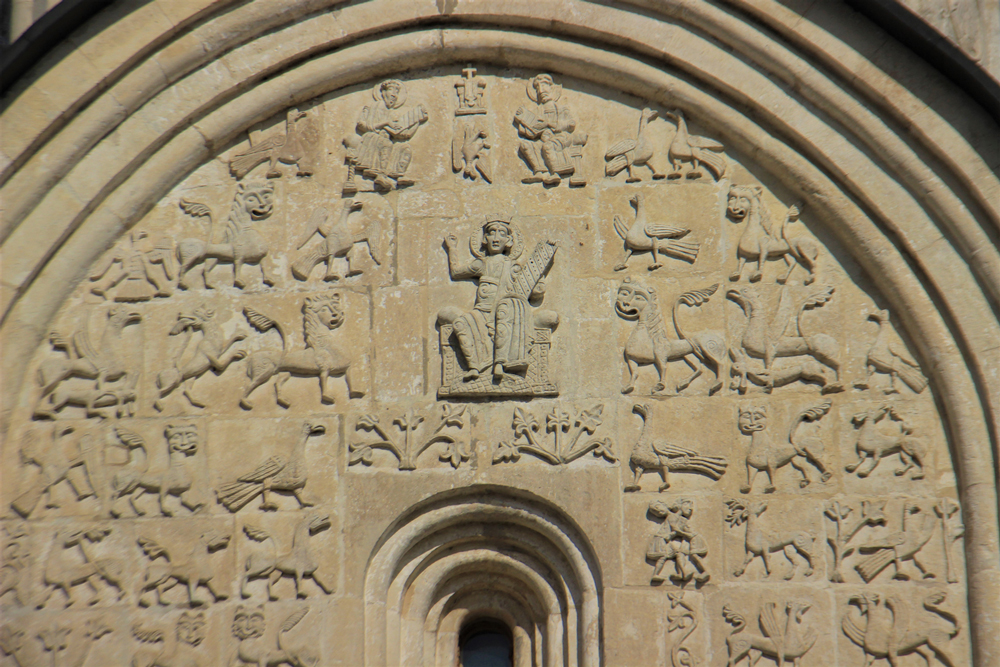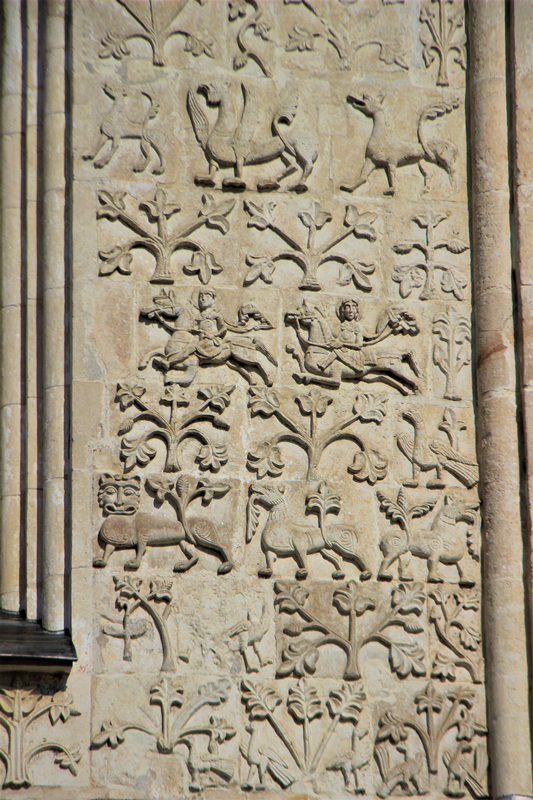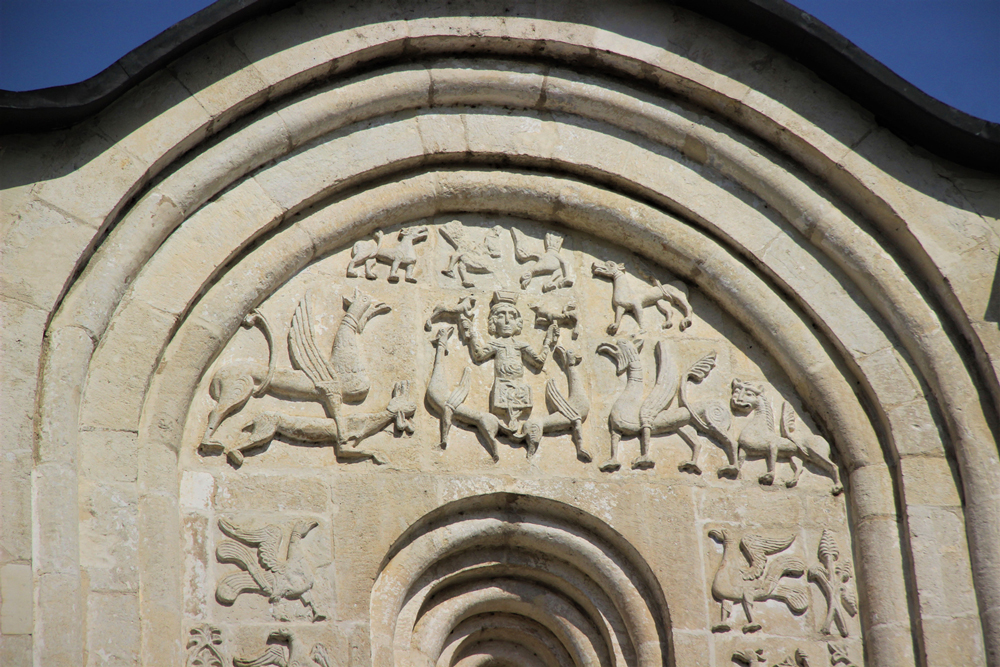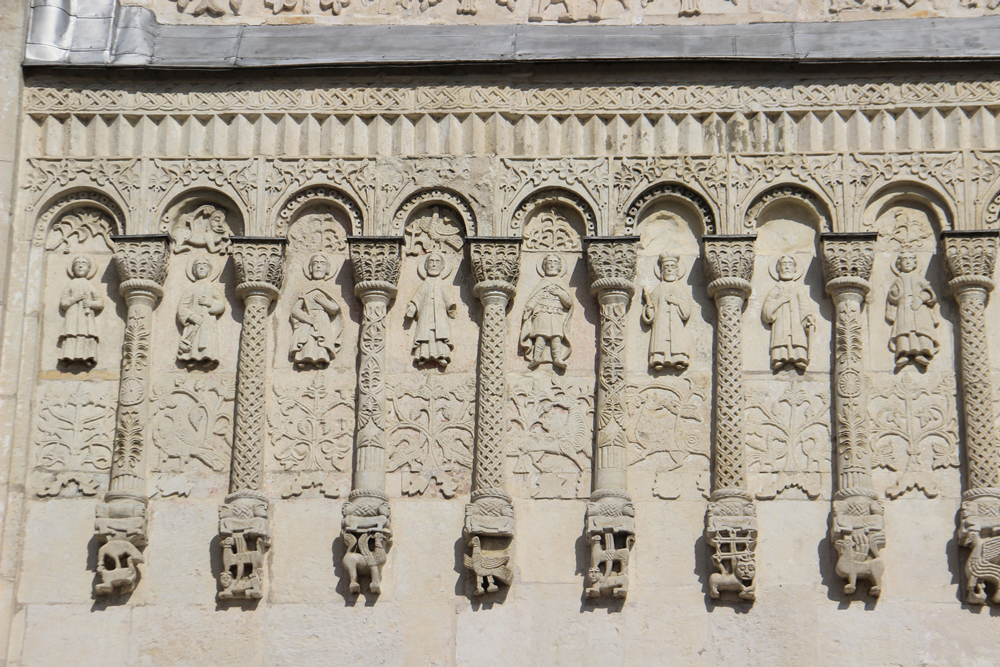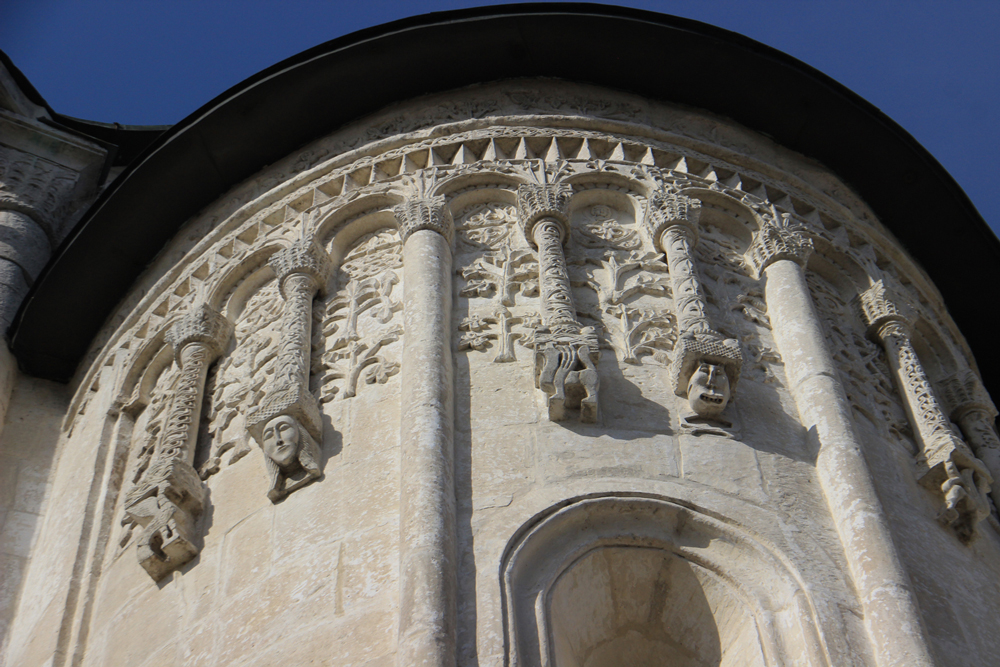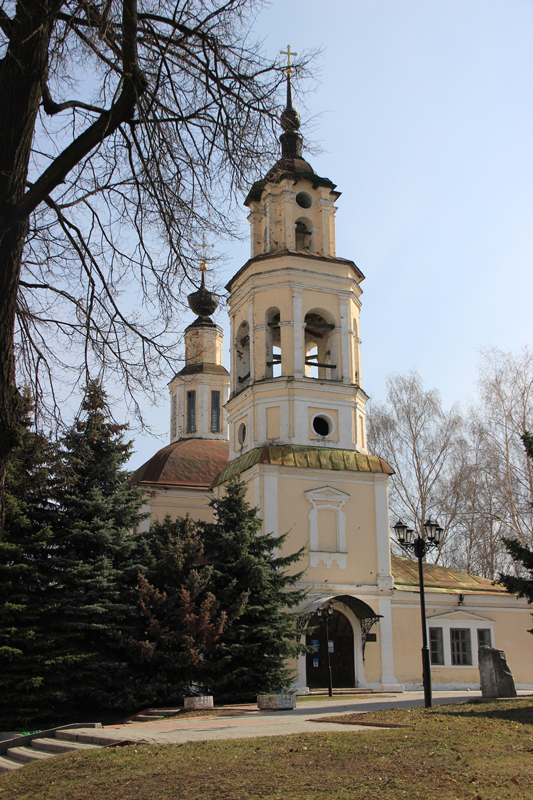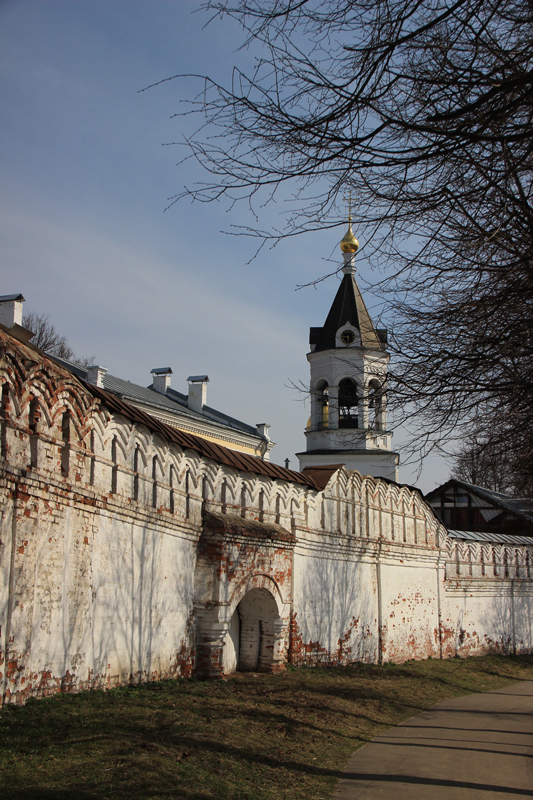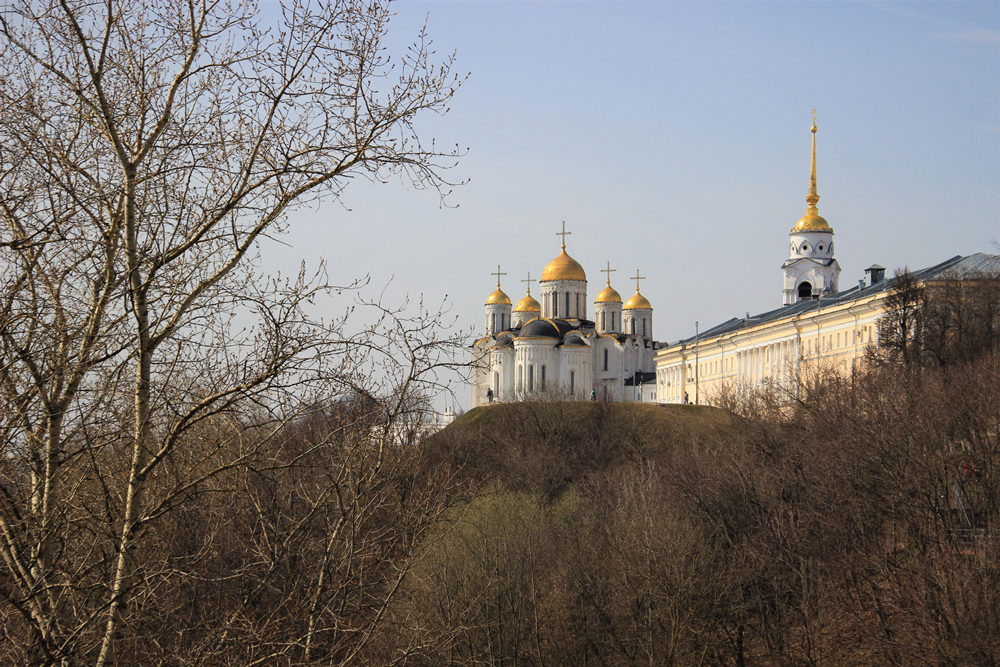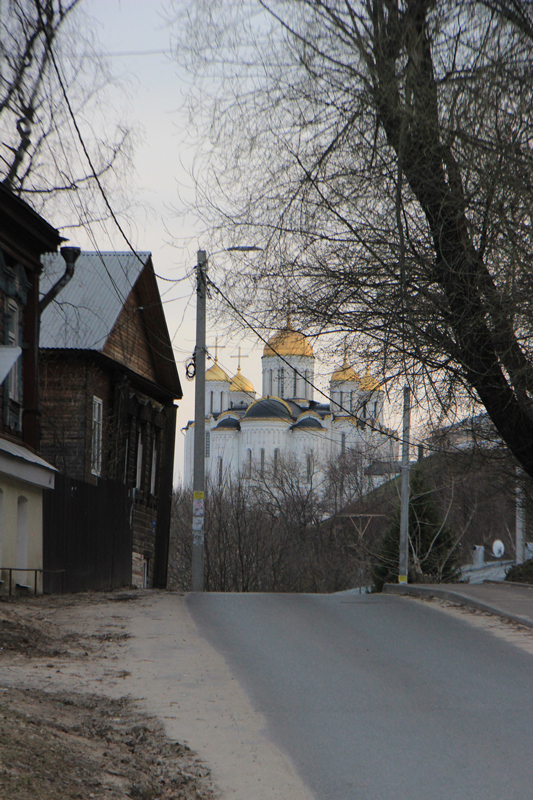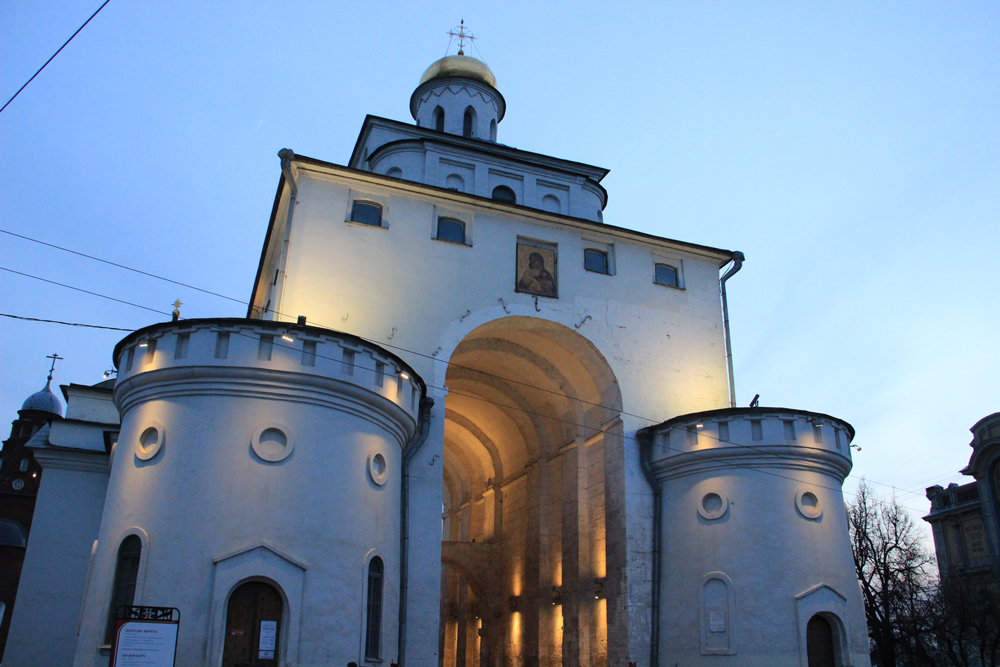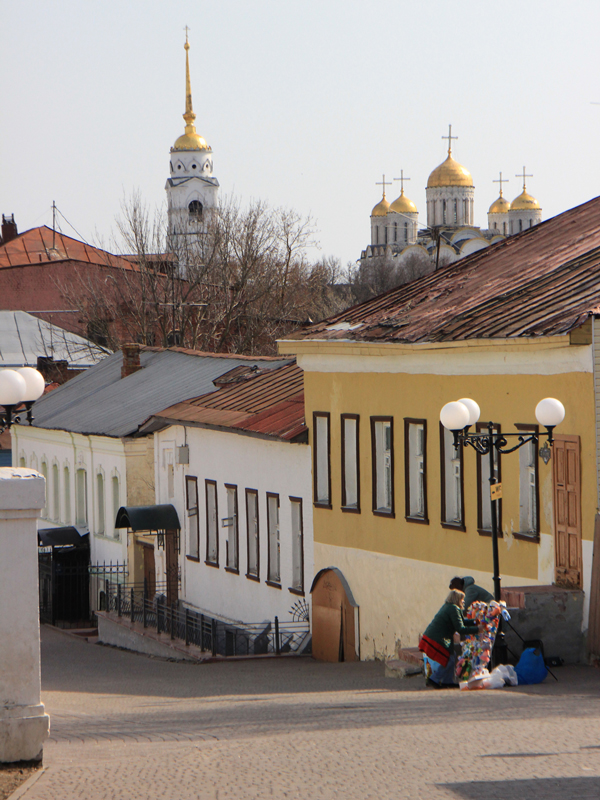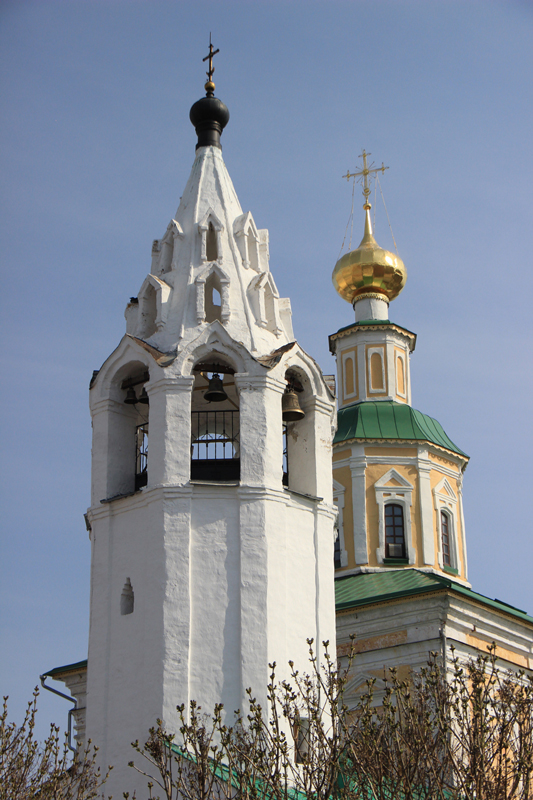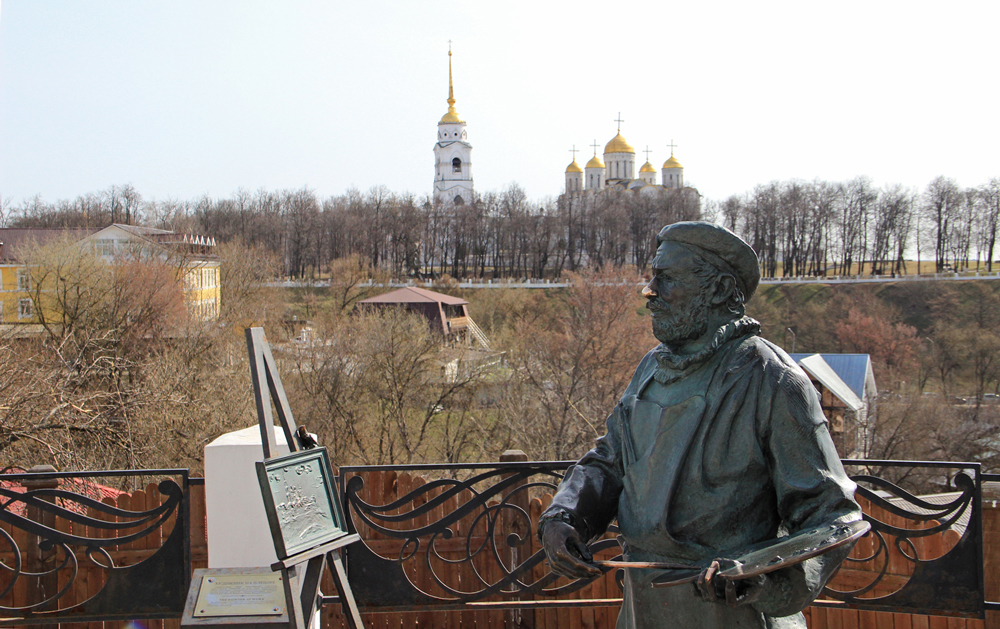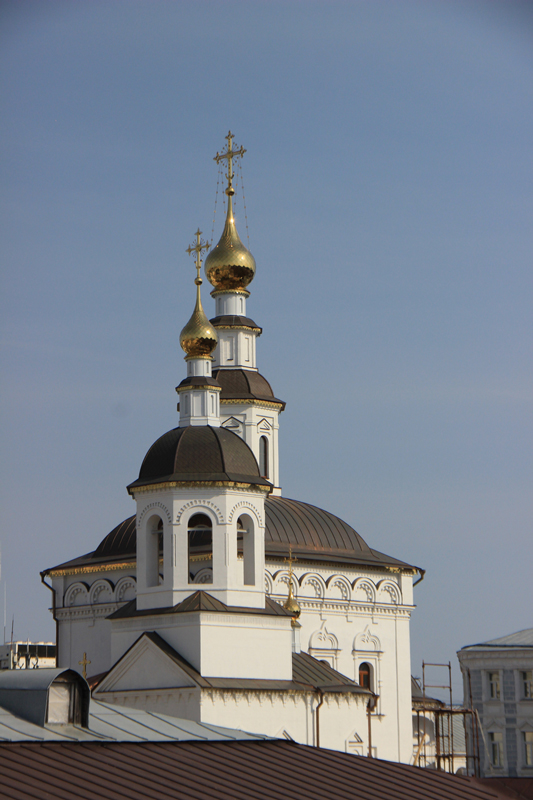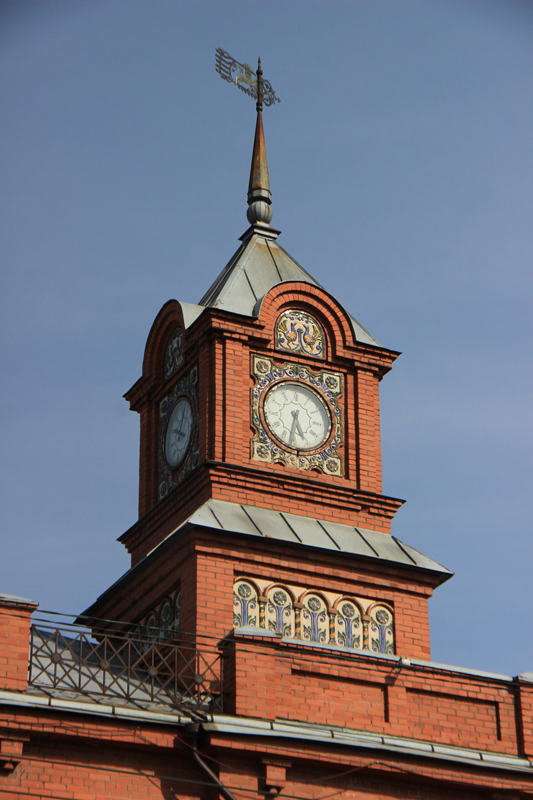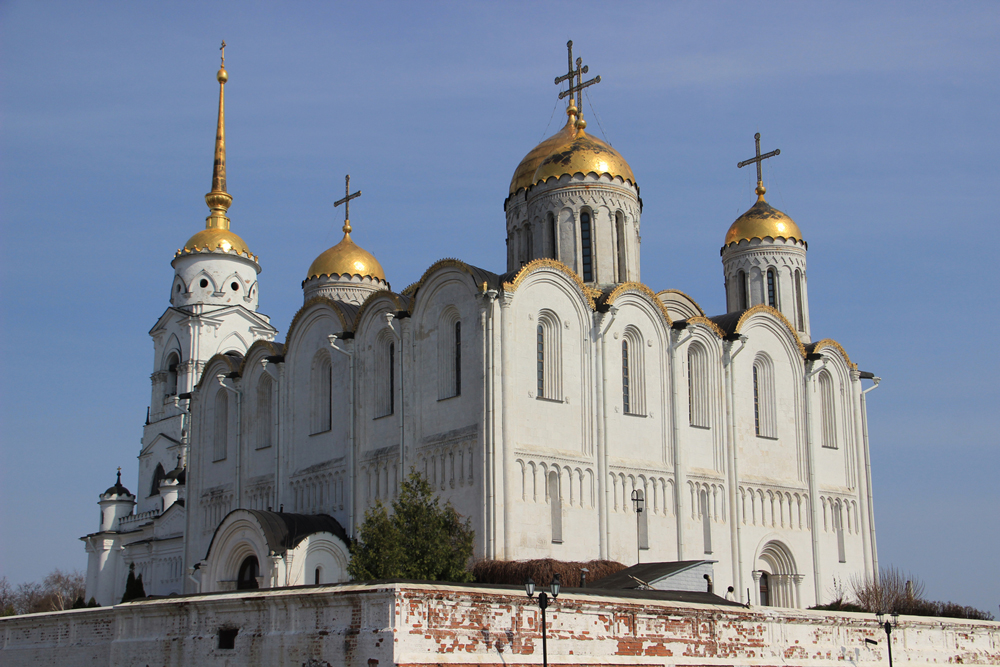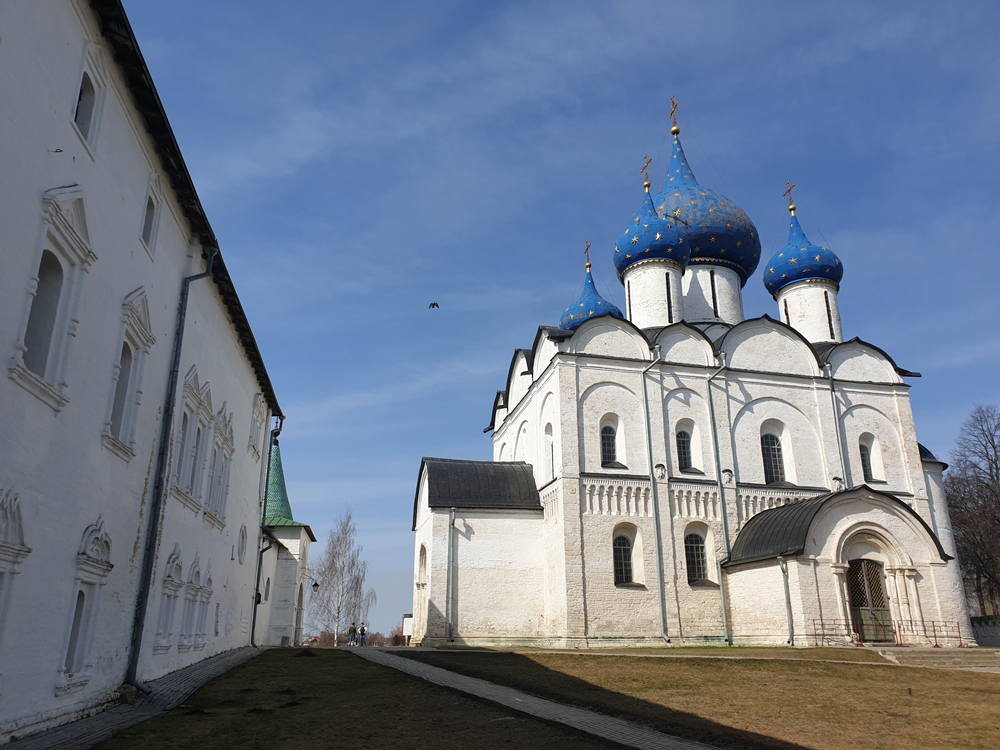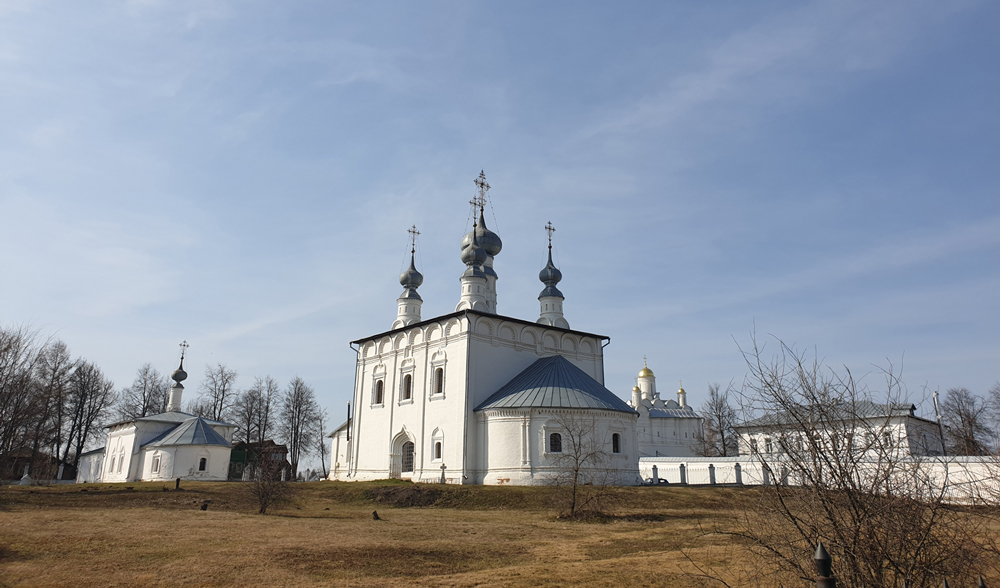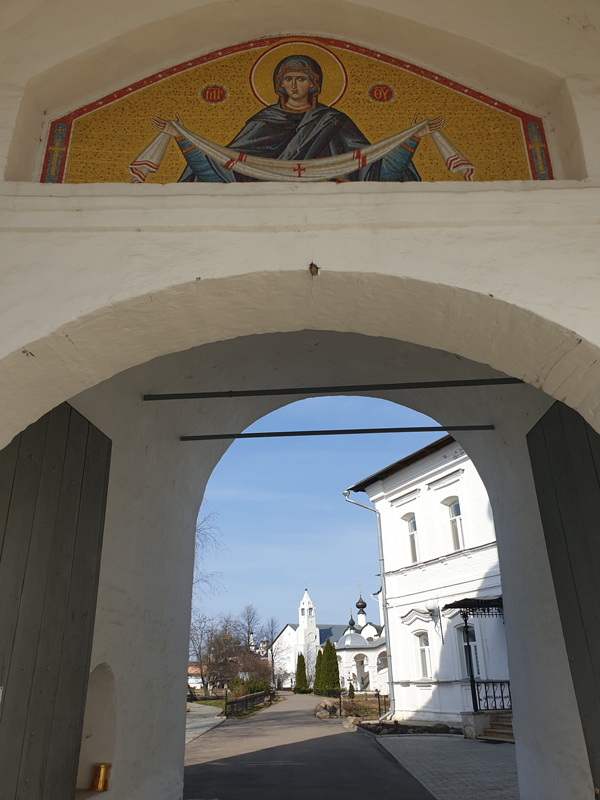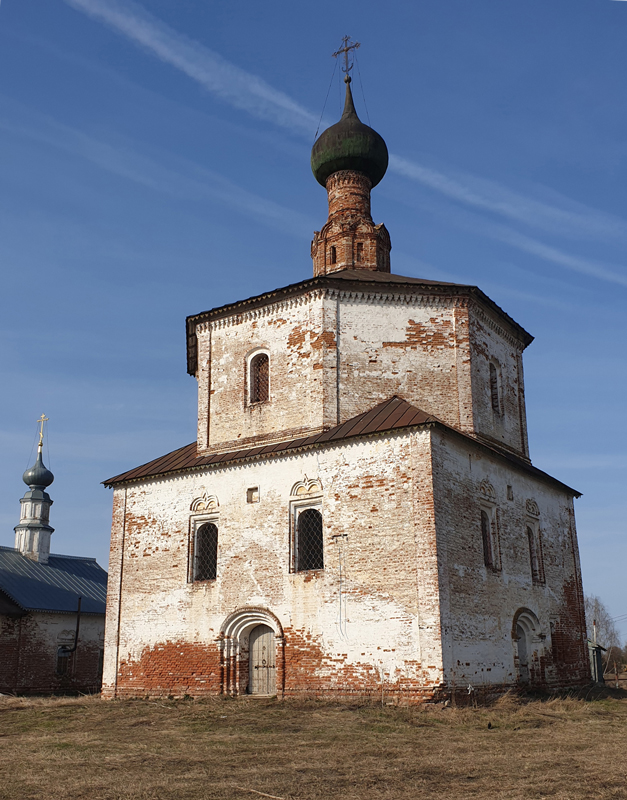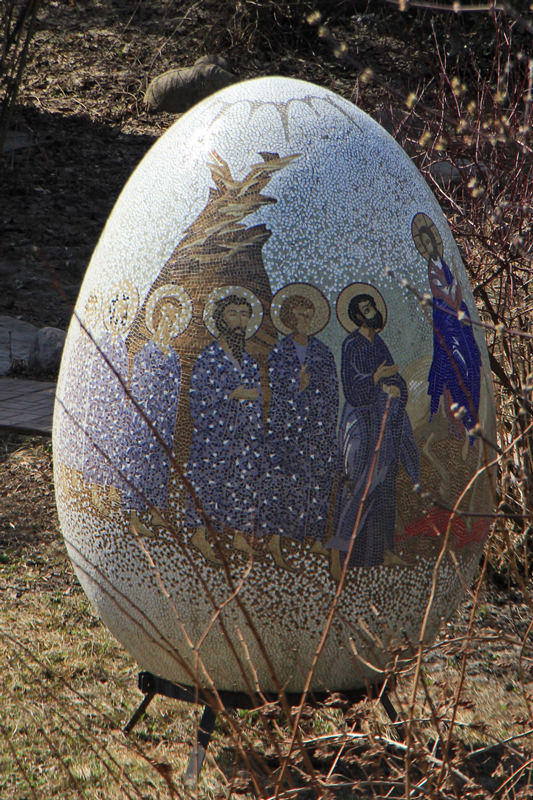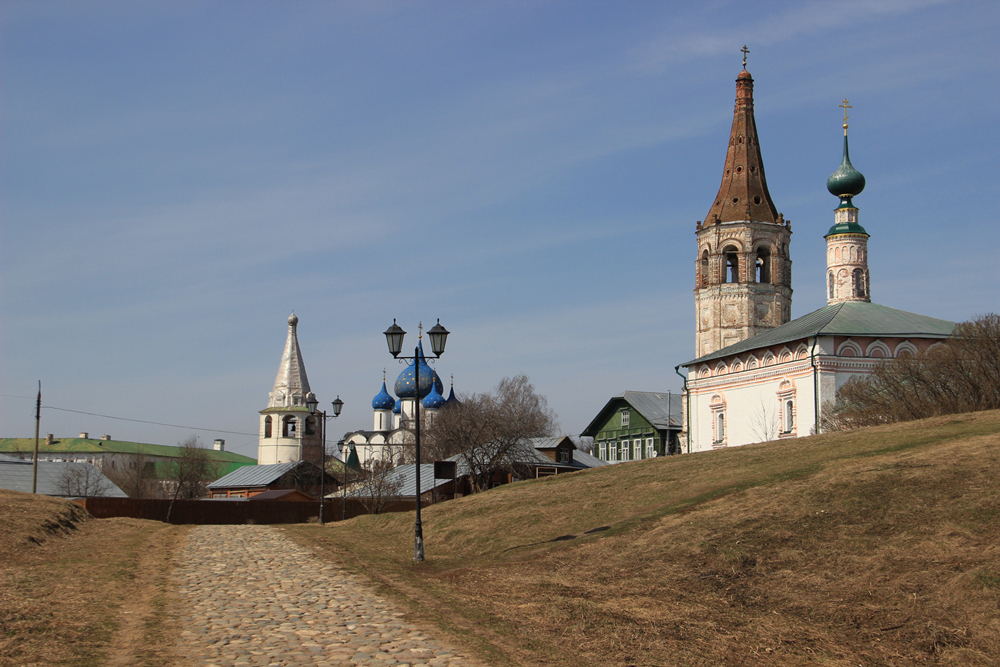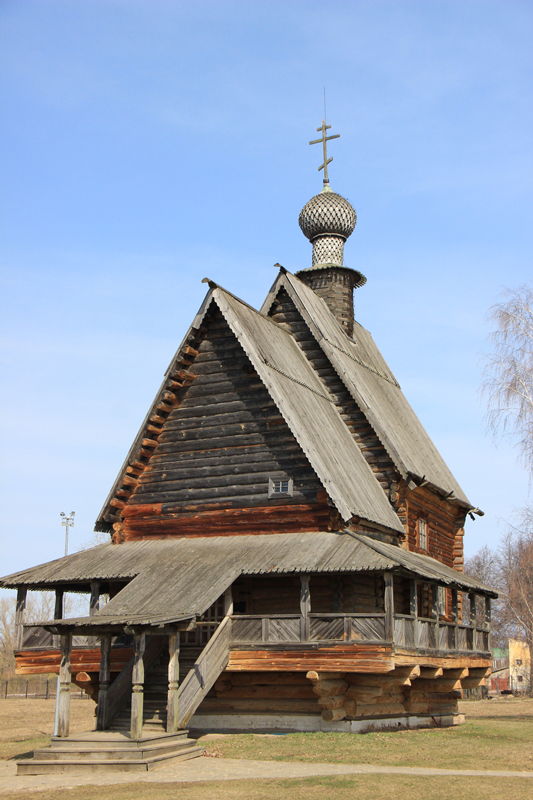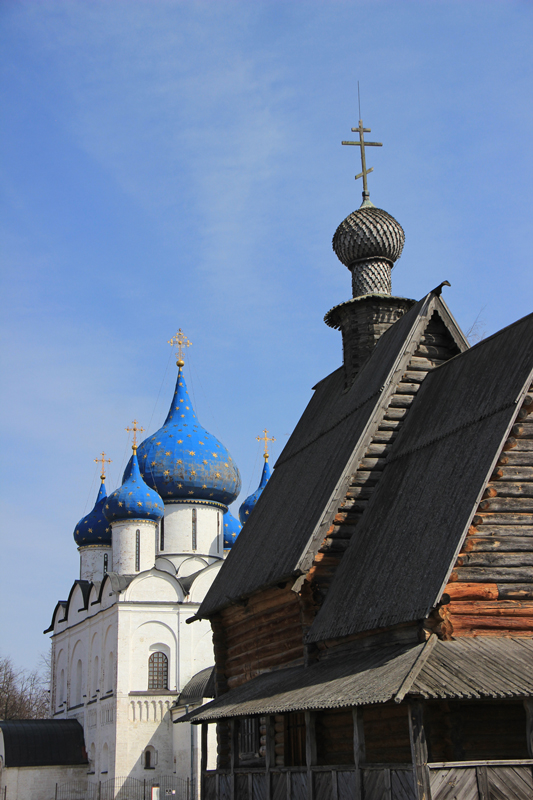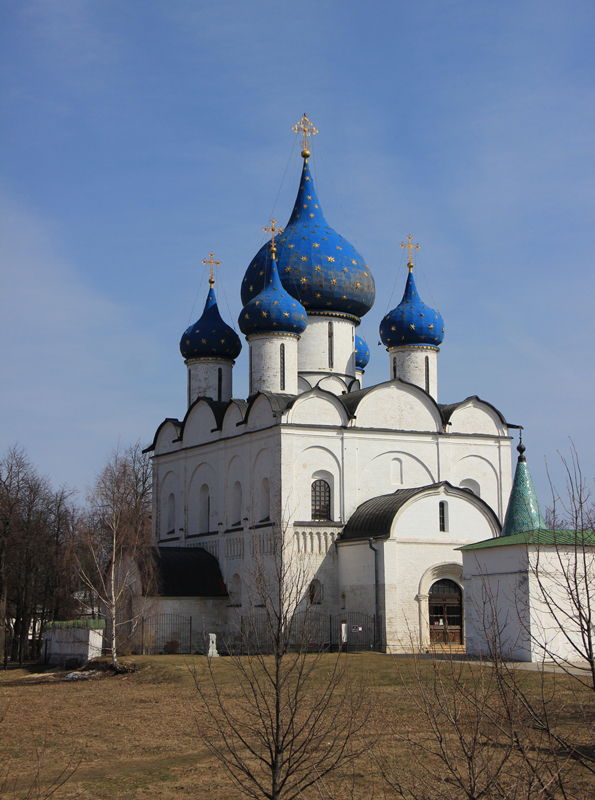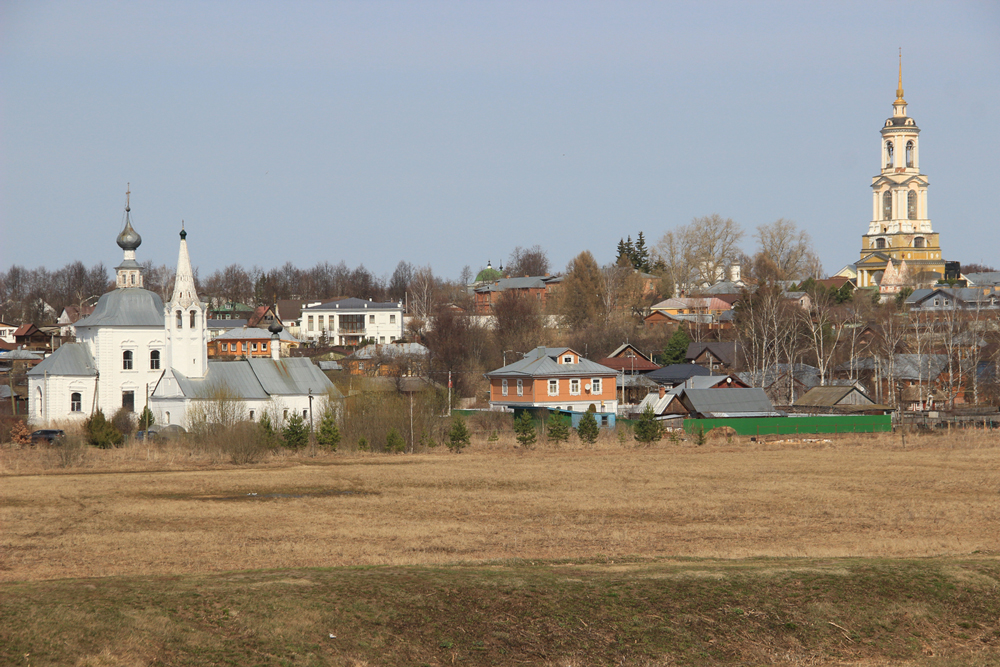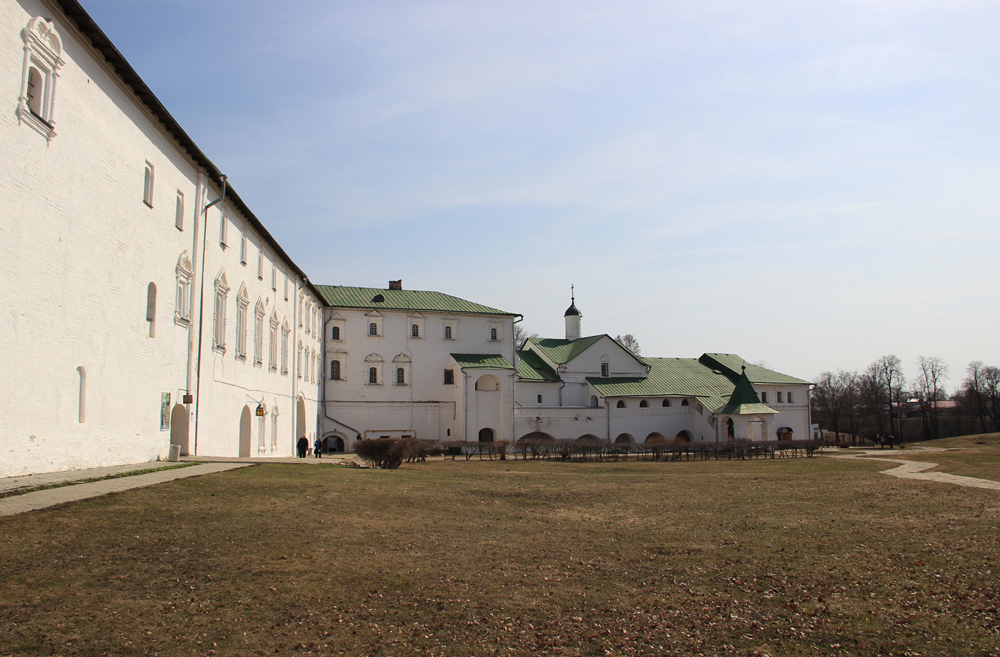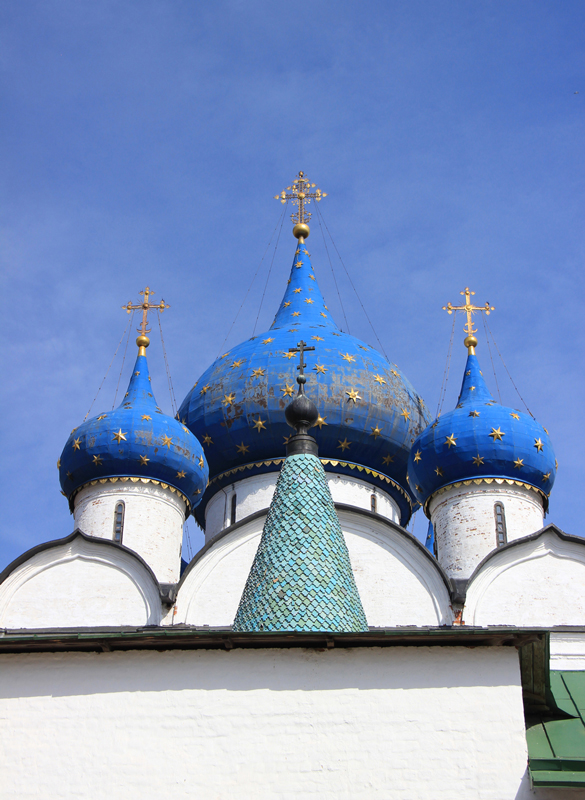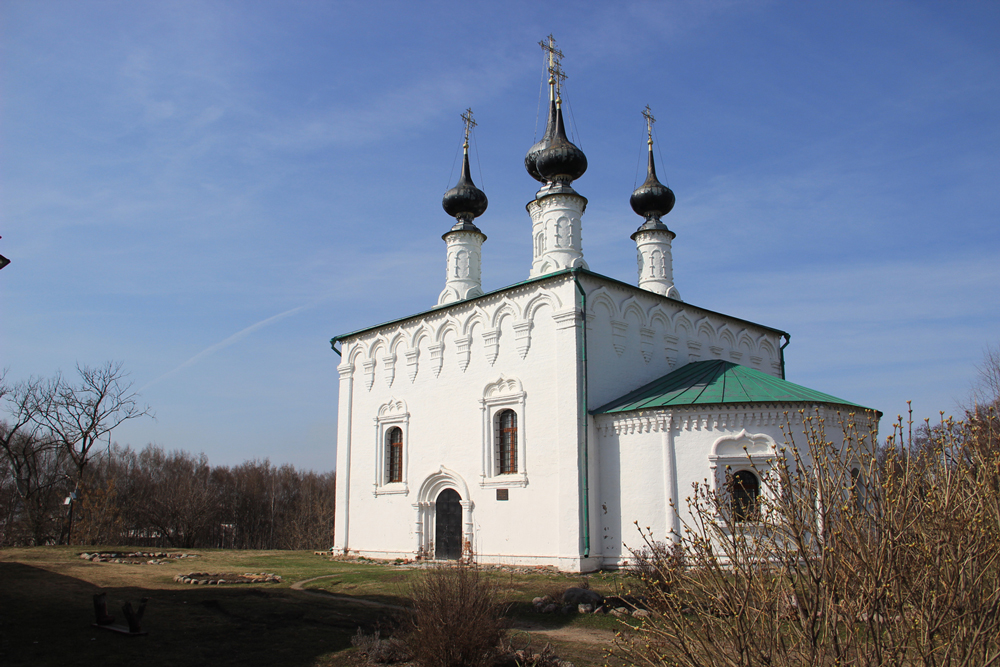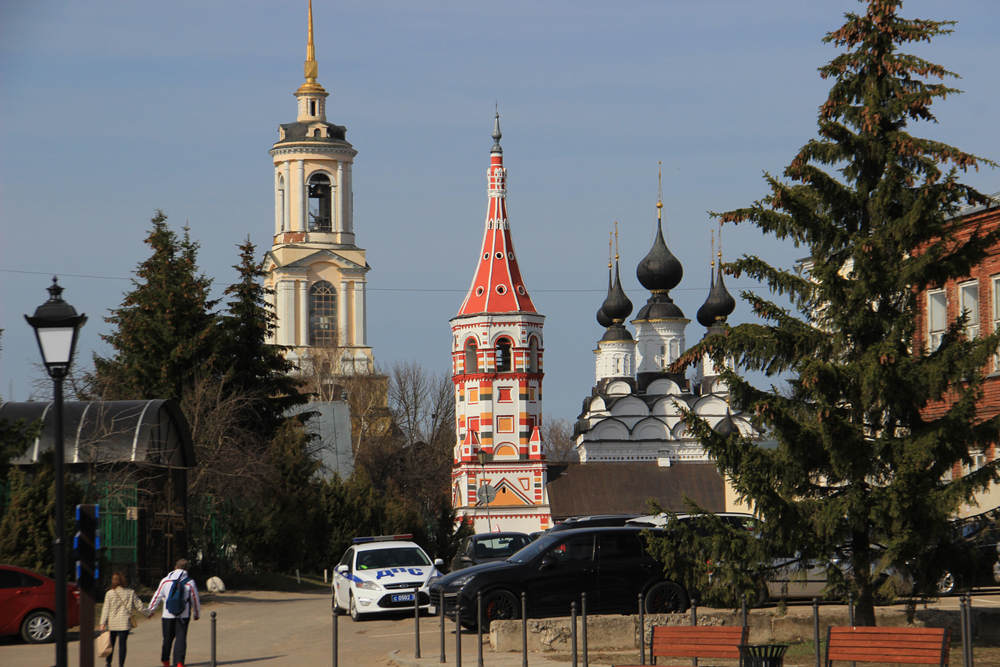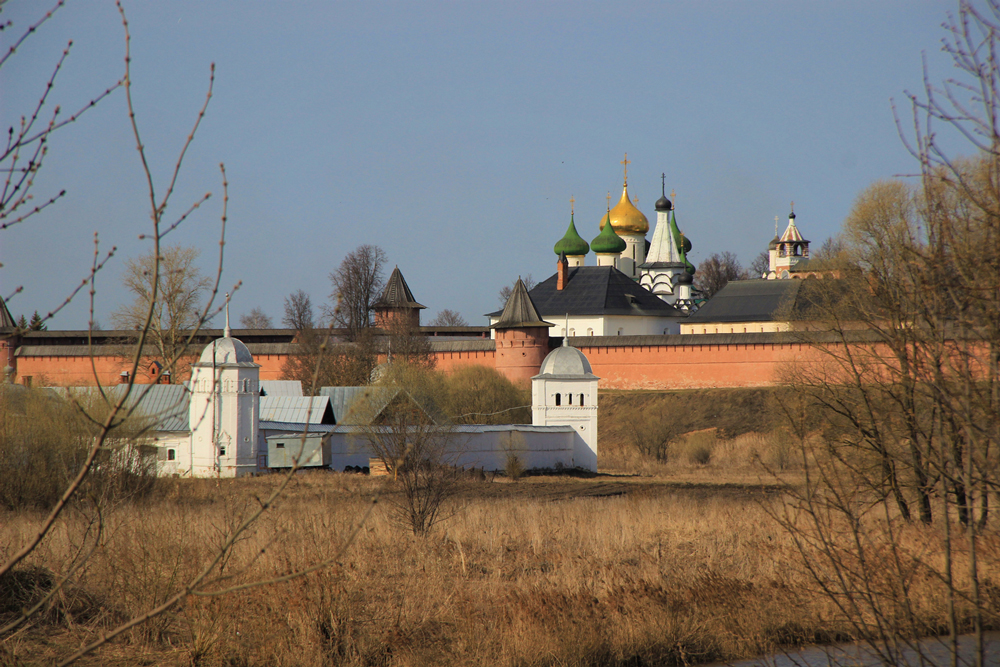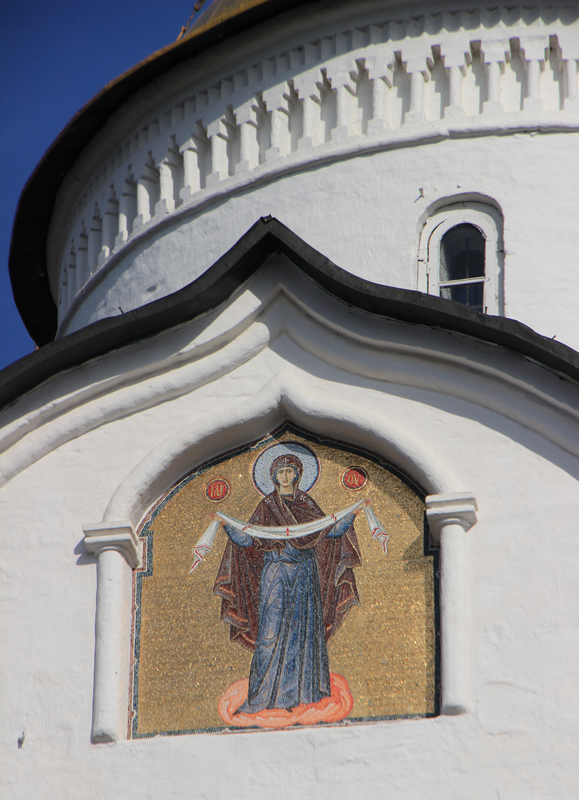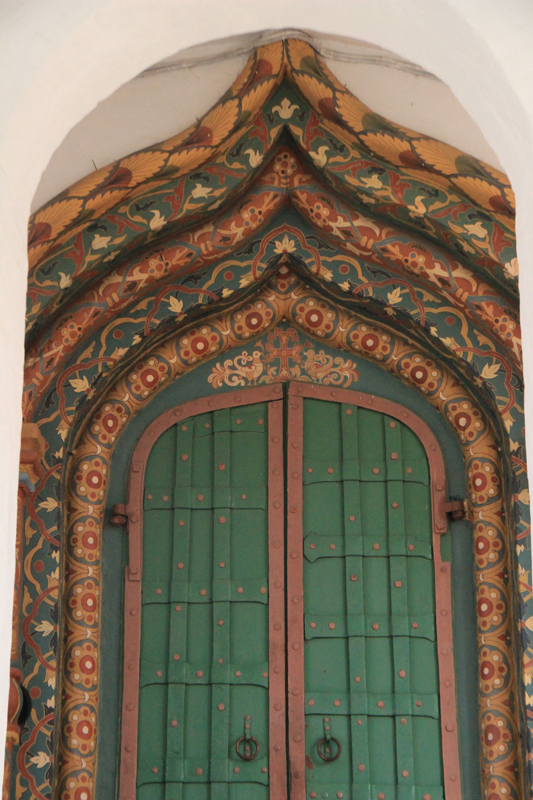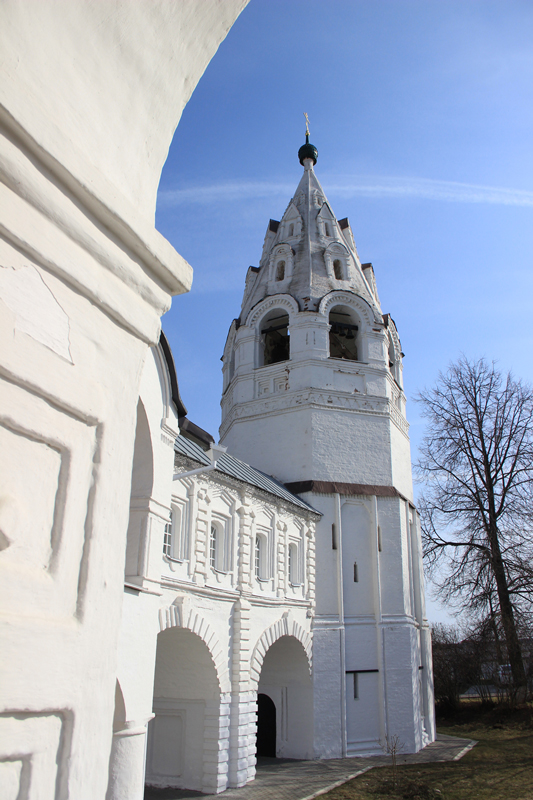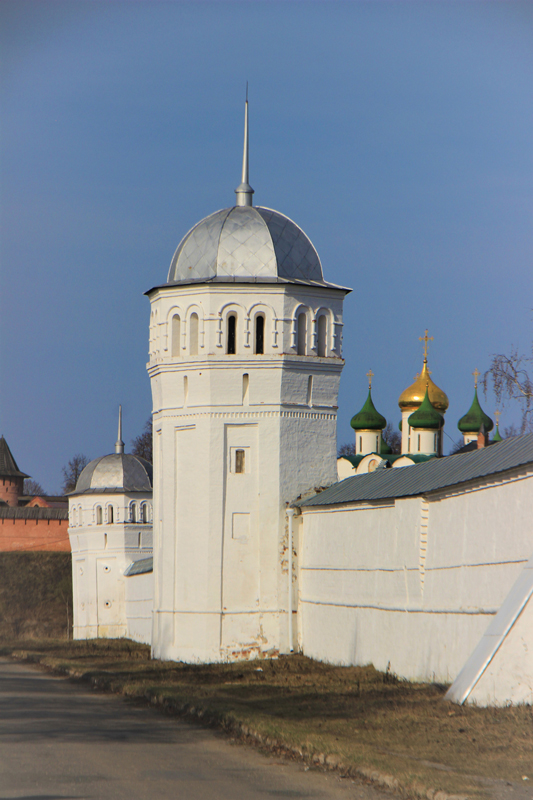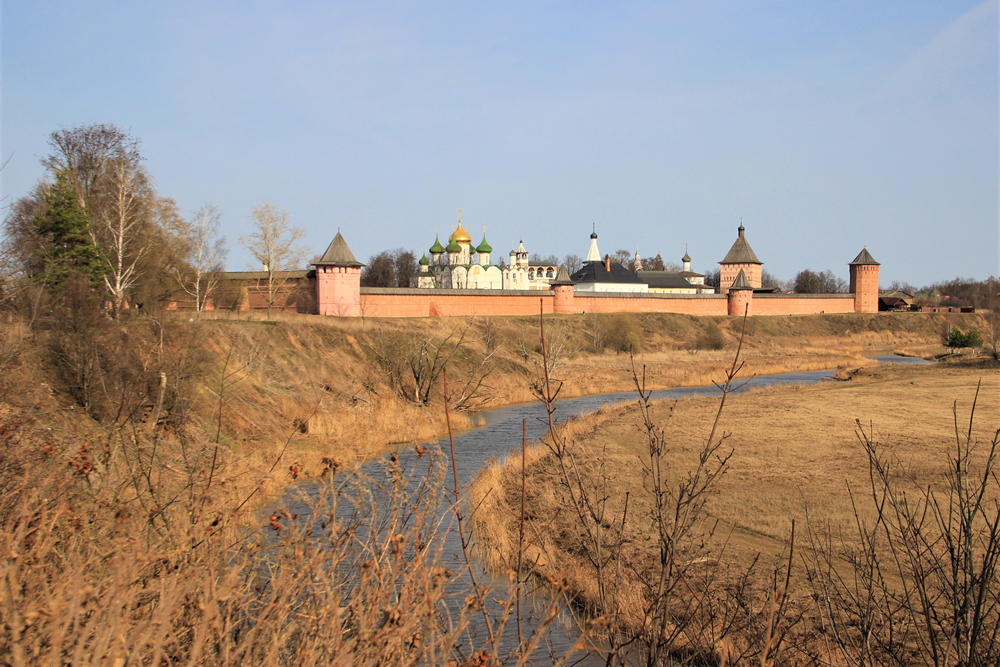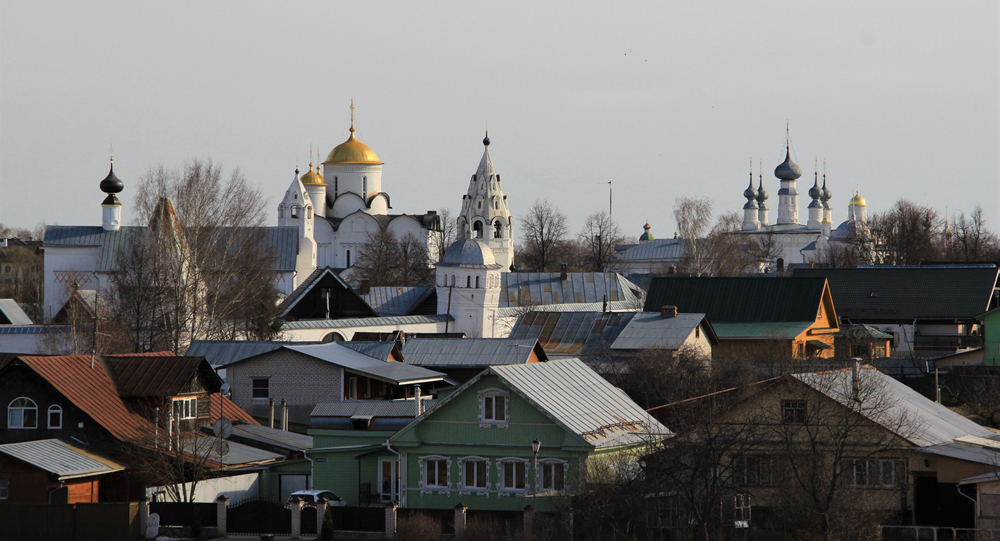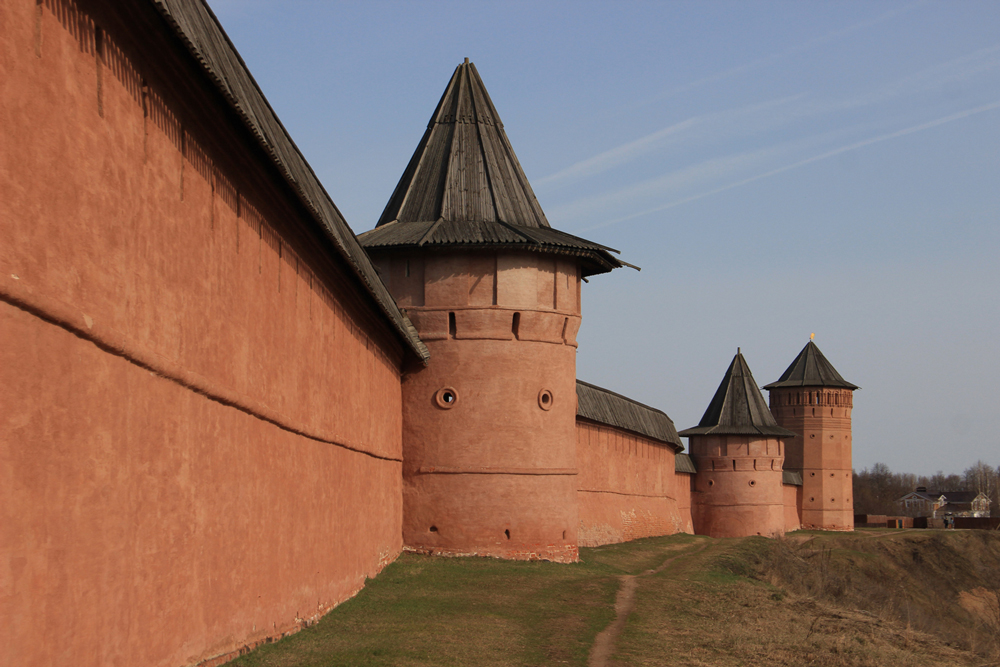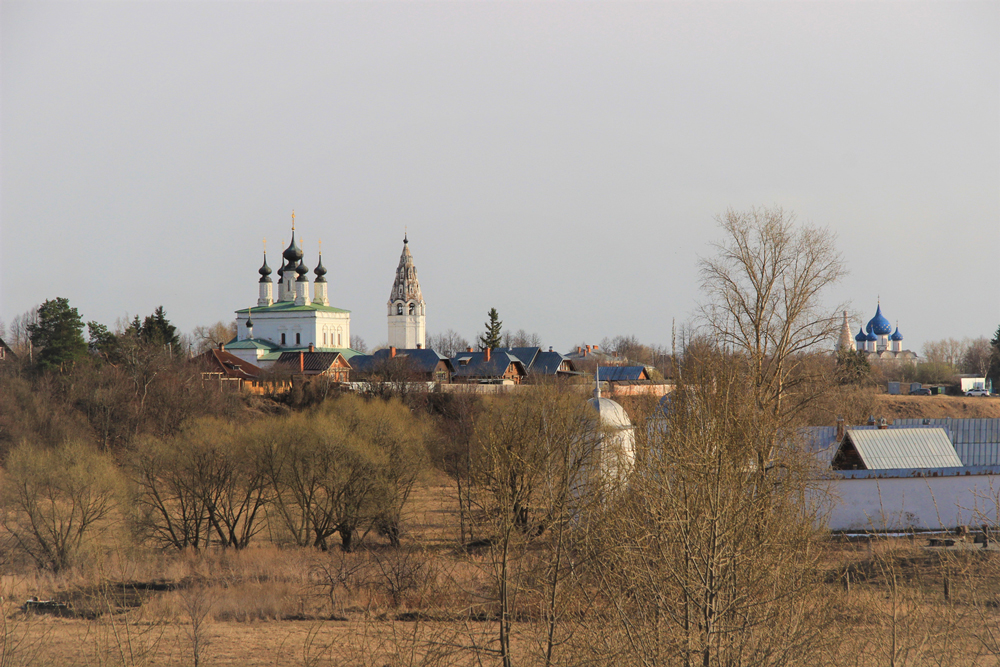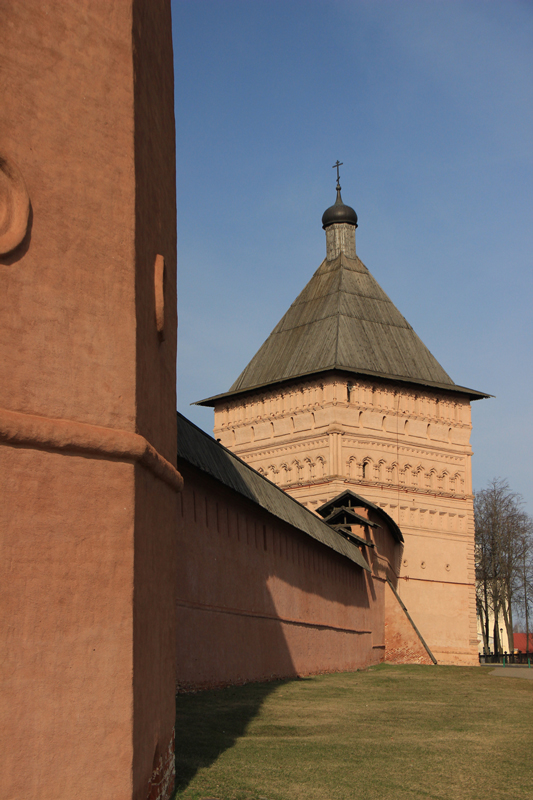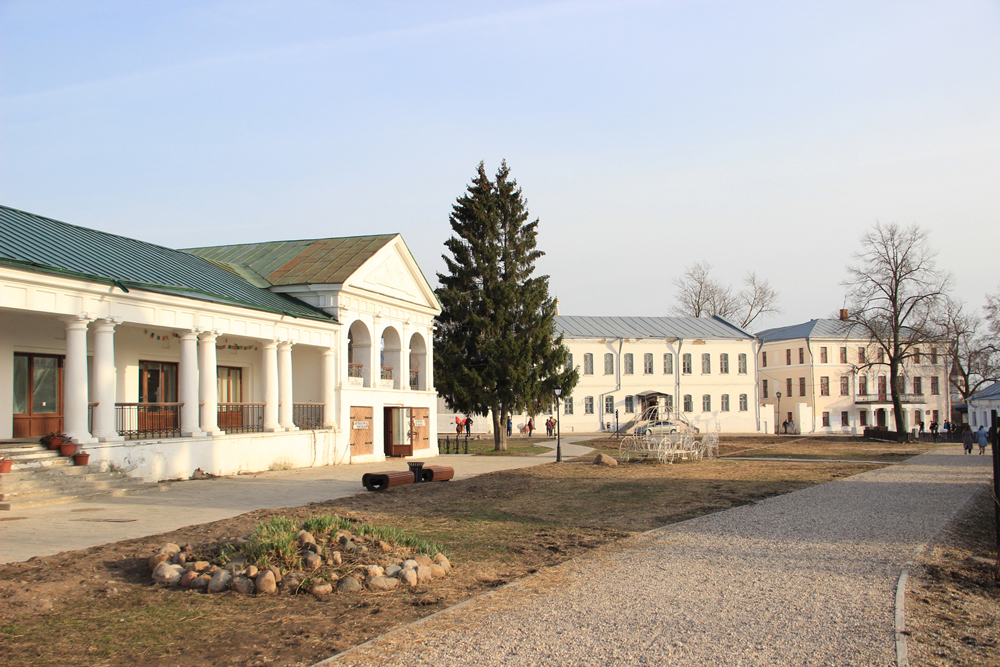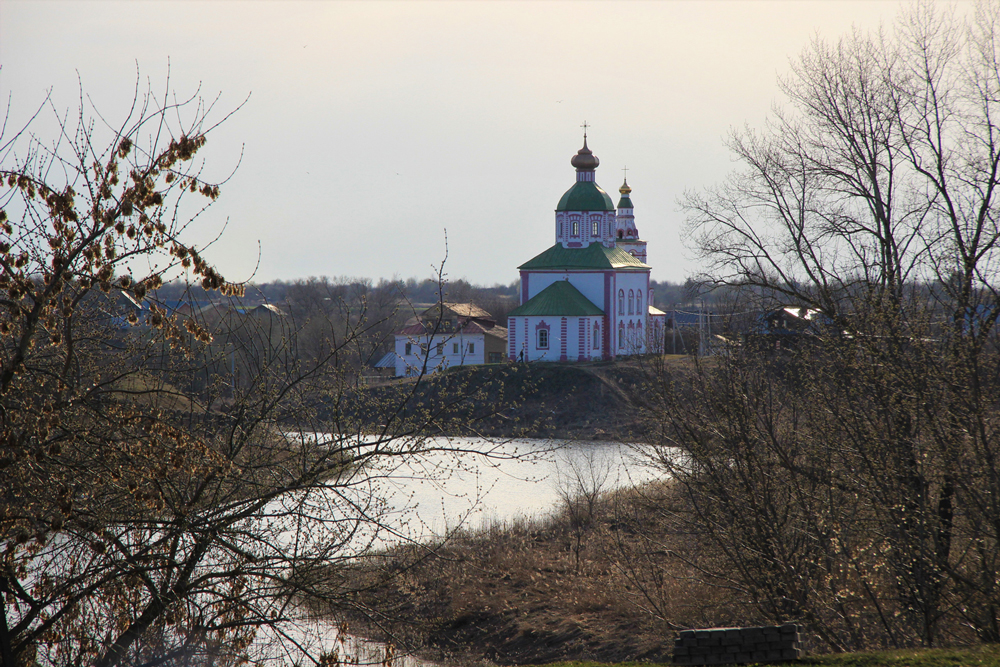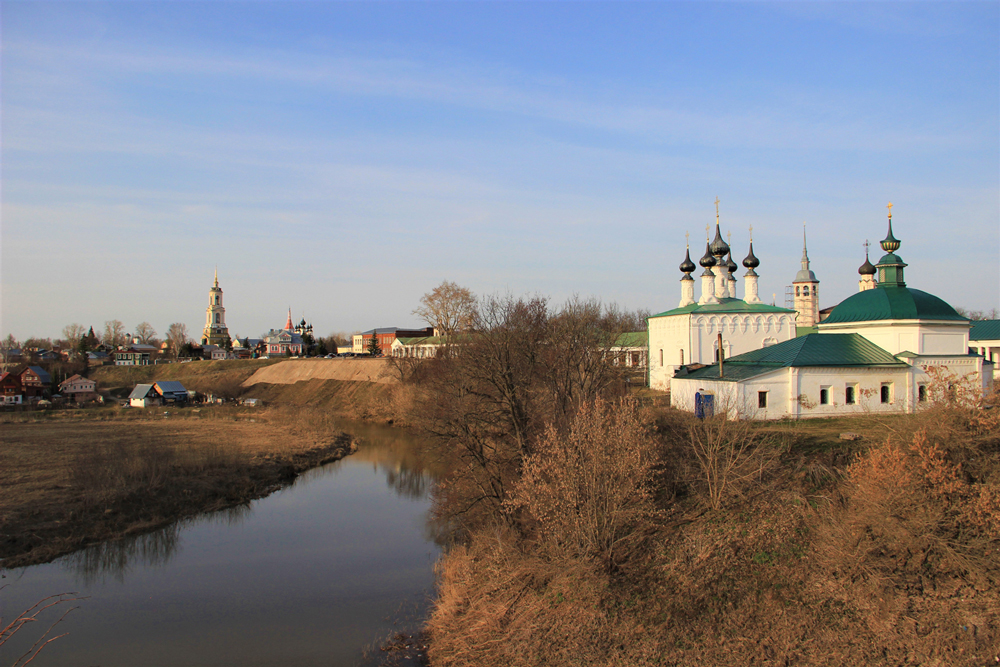
Photography, Golden Ring p 1
Golden Circle or Golden Ring refers to a series of historic cities east and northeast of Moscow and along the upper reaches of the Volga,
more or less following a ring or circle on the map. It is not clearly defined which cities form the ring, but mainly Vladimir, Suzdal, Yaroslavl,
Rostov Velikiy, Sergiyev Posad, Kostroma. "Golden" because of the many golden domes of churches and monasteries in the cities
built by the patronage of wealthy merchants, the competing principalities and then the Muscovite tsars such as Ivan III and Ivan IV ("The Terrible").
Initially they grew as separate principalities after the fall of the old Kievan Rus', with the Grand Duke of Vladimir as primus inter pares.
The center eventually shifted from the Grand Duchy of Vladimir-Suzdal' to Moscow, which transformed as Muscovy into
a "collector of Russian principalities" - one by one the other principalities were swallowed up until one could speak of a unified Russia
by the 16th century. More to the north are Vologda and the monasteries of Belozersk – already outside the Golden Ring,
on the track from Moscow and Yaroslavl to the north, towards Arkhangelsk and the White Sea - which was an important trade route
from the late Middle Ages to the time of Peter the Great (in this period this was the only sea to which Russia had access).
Vologda and the monasteries controlled the trade route (which passed through the rivers and lakes), initially as colonies of Novgorod, then of Muscovy.
1-Vladimir
Named after its founder, Vladimir Monomakh, Grand Prince of Kiev. Founded in 1108 on a hill, above the valley of the Klyazma River.
Soon the political heart of the old Russia, fragmented into principalities, moved from Kiev via Suzdal to Vladimir. However, the city never really recovered from the Mongols' invasion,
and Moscow took over its role in the 14th century.Some monuments from the period before the 14th century are UNESCO World Heritage Sites,
especially the Uspenskiy sobor (Cathedral of the Dormition, 1160), the smaller Cathedral of St. Demetrius (with relief carvings on the facades, finished in 1197.
The sculptors are supposed to be sent by Queen Tamar of Georgia, but the carvings also incorporate local and
even ancient pre-Christian traditions (e.g. depicting animals and ornamental plants), King David, Solomon, Alexander the Great,
Hercules, canonized warriors, and church leaders) and the Golden Gate, part of the old city walls.
2-Suzdal
Now a quiet provincial town, but in the 12th century, together with Vladimir, seat of the most dominant Russian principality of the time
(often referred to as Vladimir-Suzdal). The principality eventually transformed into Muscovy, and in the 15th and 16th centuries Suzdal
and its monasteries could still count on the support of the Moscow tsars. In the 17th and 18th centuries, wealthy merchants financed the construction of several churches.
But the developments in the 19th century sidetracked the city – e.g. the railway to Siberia runs through Vladimir.
In the Soviet period, the city was given a protected status and took on the character of an open-air museum.
